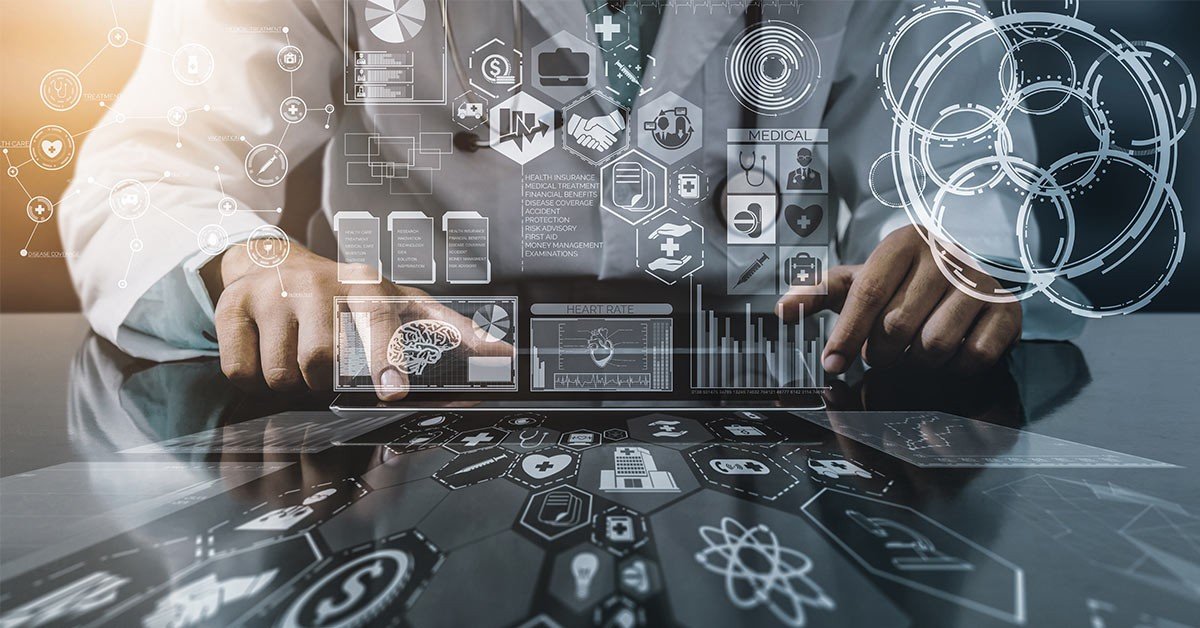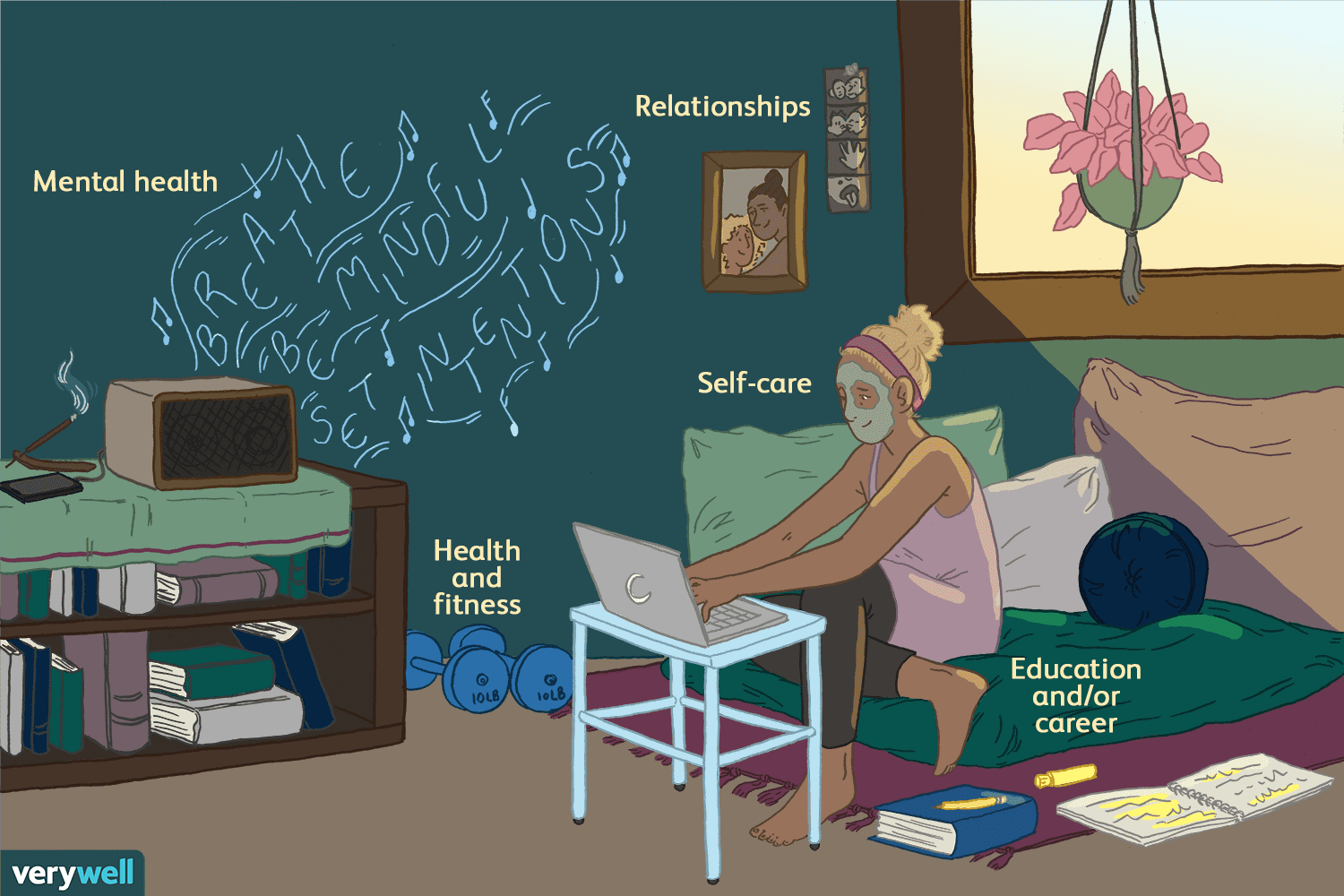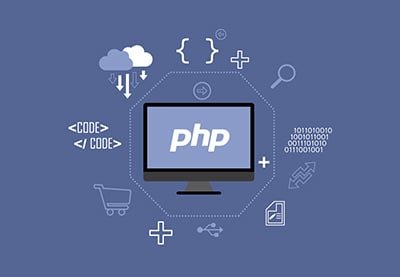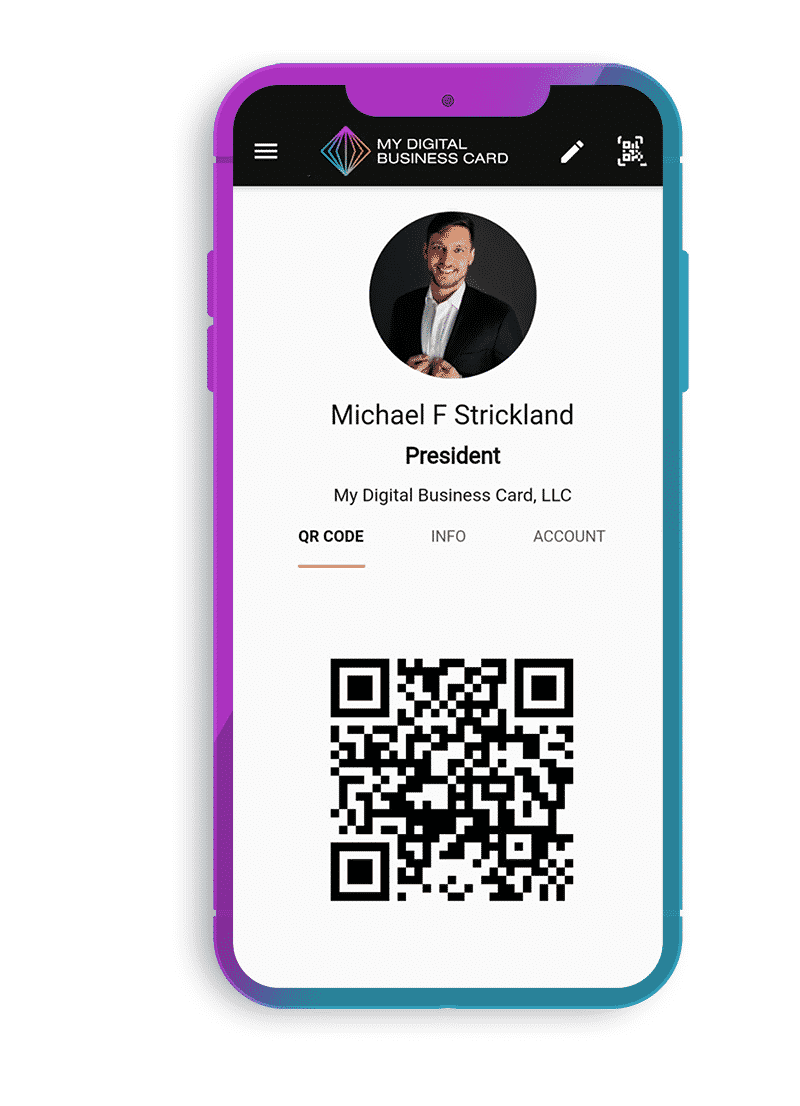How Big Data is Transforming Healthcare

Here's a detailed explanation of how Big Data is Transforming Healthcare, including key points, elaboration, and real-world applications.
Big Data is revolutionizing healthcare by improving patient care, optimizing operational efficiency, and enabling medical research at an unprecedented scale. With the integration of Artificial Intelligence (AI), Machine Learning (ML), and advanced analytics, healthcare providers can harness large datasets to predict diseases, personalize treatments, and improve decision-making.
This transformation is fueled by the massive volume of healthcare data collected from electronic health records (EHRs), medical imaging, wearables, genomics, and clinical trials.
Key Ways Big Data is Transforming Healthcare
1. Predictive Analytics for Disease Prevention
Big Data analytics allows healthcare professionals to identify patterns that predict disease outbreaks and patient risks before they escalate.
🔹 How it Works:
- Machine Learning models analyze patient history, lifestyle, and genetic information.
- AI-powered algorithms detect early signs of diseases such as cancer, heart disease, and diabetes.
- Predictive analytics helps in early intervention, reducing hospital admissions.
🔹 Example:
- IBM Watson Health uses AI and Big Data to assist doctors in diagnosing diseases and suggesting personalized treatments.
2. Personalized Medicine and Treatment Plans
With Big Data, treatments can be customized based on an individual's genetic profile, lifestyle, and health conditions.
🔹 How it Works:
- Data from genomic sequencing is analyzed to tailor medications and therapies.
- Machine Learning algorithms match patient profiles with the most effective treatments.
- Reduces the risk of adverse drug reactions and enhances patient recovery.
🔹 Example:
- 23andMe and AncestryDNA use genetic data to provide insights into disease risks and drug compatibility.
- IBM Watson Oncology provides personalized cancer treatment recommendations.
3. Real-Time Monitoring Through Wearables and IoT
The Internet of Things (IoT) in healthcare collects real-time patient data through smart devices and wearables.
🔹 How it Works:
- Wearable devices like Fitbit, Apple Watch, and ECG monitors track heart rate, oxygen levels, and activity.
- Data is analyzed to detect abnormalities, triggering alerts for immediate medical attention.
- Hospitals use IoT sensors for remote patient monitoring, reducing unnecessary visits.
🔹 Example:
- Apple Watch detects irregular heart rhythms, helping in early diagnosis of atrial fibrillation.
- Medtronic's smart insulin pumps adjust insulin doses based on glucose readings.
4. Improved Healthcare Operations and Cost Reduction
Big Data optimizes hospital resource management, reducing costs and improving efficiency.
🔹 How it Works:
- AI-driven scheduling predicts patient admissions, reducing wait times.
- Supply chain analytics ensures medical equipment is available when needed.
- Predictive staffing models help allocate doctors and nurses efficiently.
🔹 Example:
- Mount Sinai Hospital in New York uses Big Data to predict which patients need ICU beds, optimizing resources.
5. Enhanced Medical Research and Drug Discovery
Big Data accelerates drug development by analyzing massive datasets in shorter timeframes.
🔹 How it Works:
- AI scans millions of chemical compounds to identify new drugs.
- Clinical trial data is processed faster, leading to quicker approvals.
- Reduces R&D costs and shortens the time required for drug discovery.
🔹 Example:
- Google DeepMind helps pharmaceutical companies analyze protein structures for drug discovery.
- Moderna and Pfizer used AI-driven Big Data analytics to develop COVID-19 vaccines rapidly.
6. Fraud Detection and Cybersecurity in Healthcare
Big Data helps in detecting fraudulent activities and securing patient information.
🔹 How it Works:
- AI models analyze billing patterns to detect insurance fraud.
- Machine Learning algorithms flag suspicious transactions in healthcare billing systems.
- Cybersecurity tools use Big Data to detect anomalous network activity, preventing data breaches.
🔹 Example:
- UnitedHealth Group uses Big Data to prevent fraudulent insurance claims.
- AI-driven cybersecurity solutions protect patient records from cyber threats.
7. Big Data in Telemedicine and Remote Healthcare
Telemedicine has become a game-changer, especially after the COVID-19 pandemic.
🔹 How it Works:
- Video consultations use AI to analyze patient symptoms before appointments.
- Natural Language Processing (NLP) extracts key insights from patient conversations.
- Remote monitoring devices collect and analyze patient data, reducing hospital visits.
🔹 Example:
- Teladoc Health provides AI-driven telemedicine consultations, reducing healthcare costs.
Challenges of Big Data in Healthcare
Despite its advantages, Big Data in healthcare comes with challenges:
✔ Data Privacy and Security: Handling sensitive patient data requires strict regulations (HIPAA, GDPR).
✔ Data Integration Issues: Different hospitals use different systems, making data sharing difficult.
✔ High Implementation Costs: AI and Big Data infrastructure require significant investments.
✔ Accuracy of AI Models: Inaccurate data can lead to misdiagnosis and poor treatment decisions.
Conclusion
Big Data is redefining healthcare by improving patient outcomes, enabling early disease detection, and optimizing hospital management. With advancements in AI, IoT, and predictive analytics, the healthcare industry will continue to evolve, making treatments more effective and accessible.
Healthcare providers, policymakers, and technology companies must collaborate to overcome challenges and ensure that Big Data benefits every patient, everywhere.






